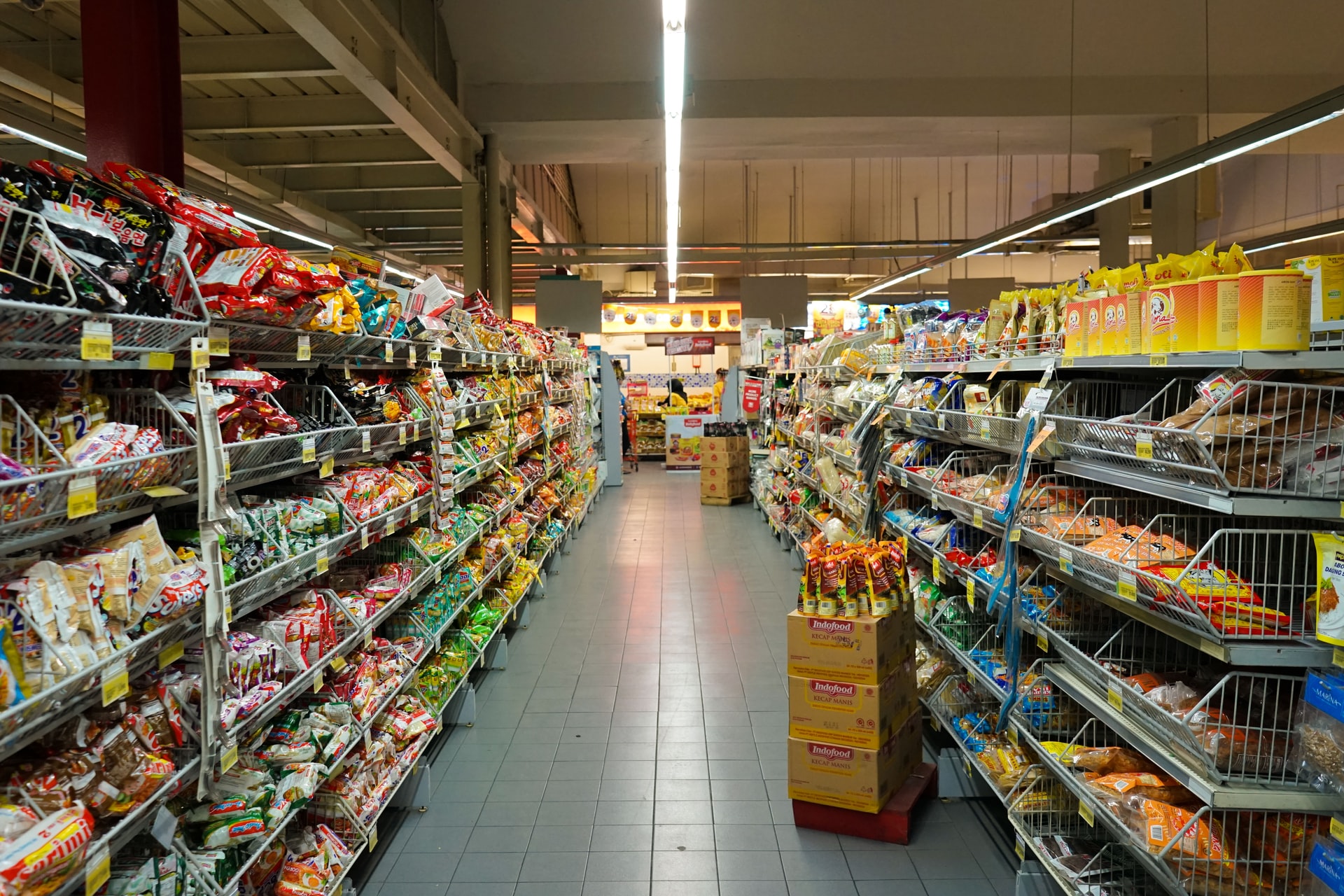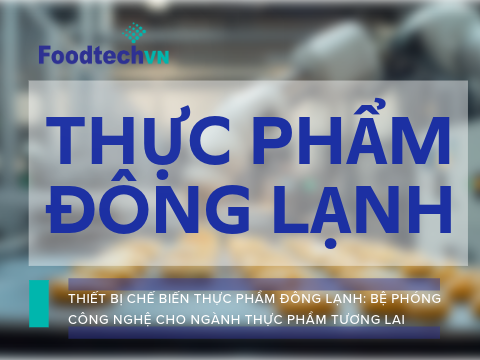NGÀNH THỰC PHẨM CHẾ BIẾN CỦA VIỆT NAM – TỔNG QUAN CHUYÊN SÂU
The attractiveness of Vietnam's processed food industry is reflected in the continuous growth rate maintained at 7-8% in recent years.


Photo by Fikri Rasyid on Unsplash
INDUSTRY OVERVIEW
The fact that Vietnam has a young population, most of which are young and living in big cities like Hanoi or Ho Chi Minh City, is a favorable condition for ready-to-eat food companies to develop.
Datamonitor's mid-2019 report shows that the ready-to-eat food market in Vietnam has experienced positive growth in recent years. Canned meat of all kinds accounts for 50.5% market share, followed by canned fish with 28% and canned vegetables, tubers and fruits with about 20%. It is forecasted that by 2025, half of the meat in Vietnamese consumers' daily meals will be processed products. At that time, the consumption demand was up to 2.5 million tons of processed meat products per year, 5 times higher than now.
Currently, there are nearly 6,000 businesses operating in Vietnam's processed food industry. However, most of the market share is held by well-known giants such as Vissan, CJ Cau Tre or Canfoco Ha Long. Others are just small businesses that supply products to larger brands or private labels to large retail companies.
As a member of Saigon Trading Corporation (Satra), Vissan Joint Stock Company is considered as a leading enterprise in the ready-to-eat food market. Mr. Nguyen Ngoc An, General Director of Vissan informed that in 2018, Vissan produced 22,660 tons of instant food, estimated at 25,000 tons in 2019.
Many businesses that used to only deal in fresh agricultural products have now invested heavily in processed foods. For example, Ba Huan, which used to only sell poultry eggs, now offers ready-to-eat products such as chicken balls, stewed eggs, and even chicken sausages.


Photo by Marjan Blan | @marjanblan on Unsplash
Consumption Habits of Vietnamese People
For packaged food/beverage items, most Vietnamese consumers prefer brands originating from Vietnam. Food health and safety are the main factors influencing purchasing behavior.
Vietnam is one of the largest food consumers in Southeast Asia. The growth rate of the food retail industry in the period 2016-2020 averages at 10%, mainly contributed by fresh food, followed by canned goods, non-alcoholic beverages and alcoholic beverages. It is expected that from 2021 to 2023, the processed food industry in Vietnam will maintain the current growth rate of around 7% due to the impact of the Covid-19 pandemic. However, the general consumption trend of the canned food industry is forecasted to be positive.
The growth rate of packaged food in 2020 in urban areas of Vietnam is 23%, while in rural areas, the figure is lower at 15%. However, the Covid-19 epidemic is forecast to greatly affect urban areas in 2021, causing the development rate of packaged foods in these areas to decrease sharply.
Consumers consider health as the leading factor that governs their purchasing decisions. However, reality shows that today's popular processed and packaged foods and drinks are not associated with health factors but related to taste and usage habits.
For processed foods, 61% of Vietnamese consumers prefer to shop at modern trade channels such as supermarkets or convenience stores, while only 39% shop at traditional trade channels such as markets or grocery stores.
This shows the shift to modern sales channels in consumer buying behavior. At the same time, these channels also offer a variety of choices and let consumers choose goods according to their preferences.
Despite the rapid growth in recent years, e-commerce is not the preferred channel for processed foods. Because the prices of these items are relatively cheap and consumers want to buy quickly through physical channels, they consider the shipping costs to be disproportionate. It can be seen that on popular e-commerce platforms in Vietnam, the number of people buying packaged food and beverages is quite small. However, retailers still have successful ways to increase sales coverage by providing customers with an omnichannel experience – order online but receive in-store.
Source: https://baocaonganh.com/nganh-thuc-pham-che-bien-cua-viet-nam-tong-quan-chuyen-sau/





.png)










